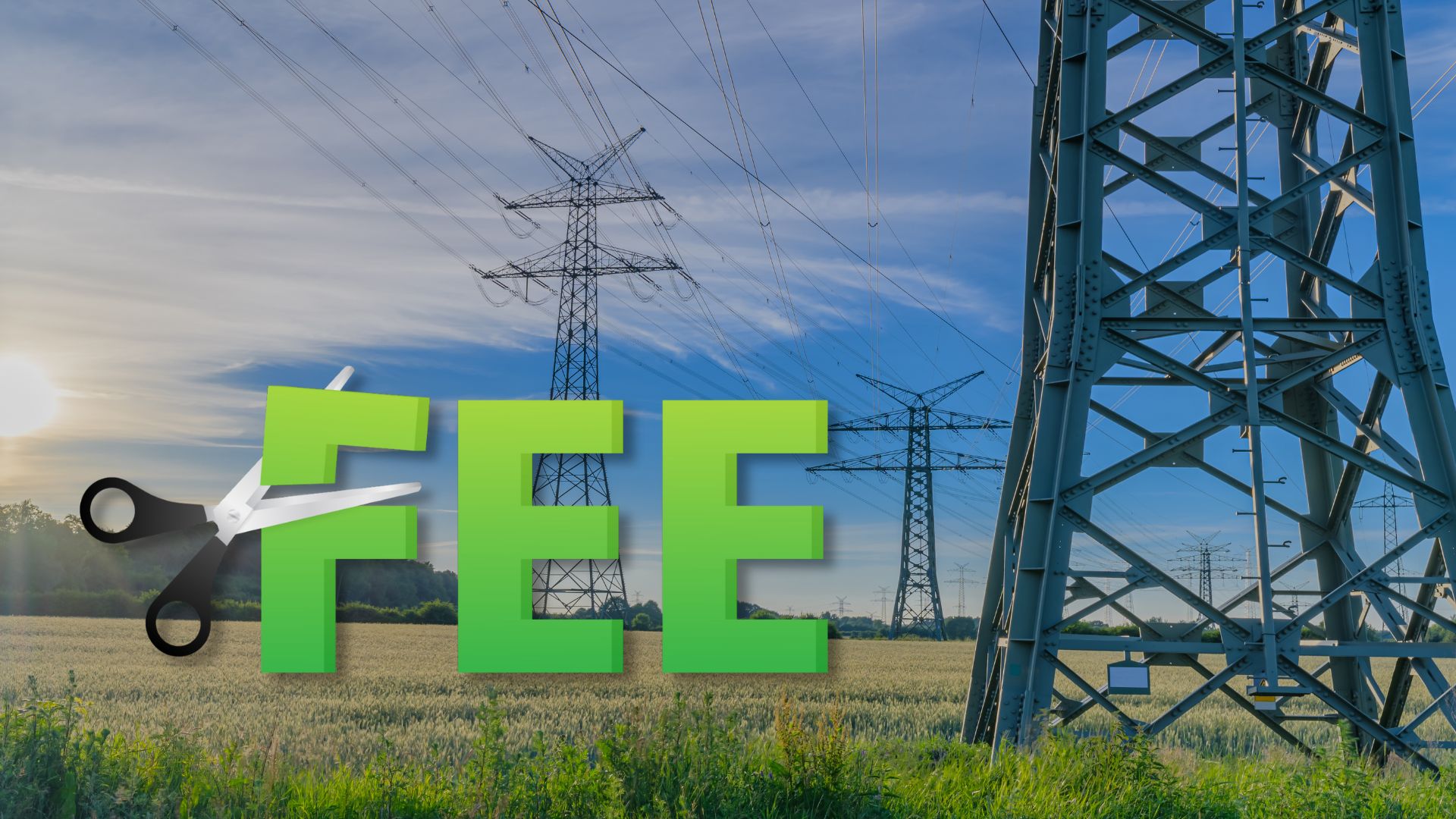
How Grid Fees Are Influencing the Future of Green Hydrogen
December 2, 2024Green hydrogen is often touted as a game-changer in achieving net-zero emission goals by decarbonizing industries like transportation, aviation, and heavy manufacturing. However, an essential but lesser-discussed factor affecting the viability of green hydrogen is the role of grid fees—the costs associated with using power distribution networks. These fees, although technical in nature, have far-reaching consequences for the cost structure of renewable energy systems and hydrogen production. Here’s an in-depth look into what grid fees are, how they shape the renewable energy landscape, and what they mean for the green hydrogen future.
What Are Grid Fees?
“Grid fees” refer to charges levied by transmission operators and utilities for accessing and maintaining the electrical grid. These fees are used to fund:
- Construction, maintenance, and modernization of grid infrastructure.
- Regional operational costs, especially in regions heavily reliant on renewable energy.
- Balancing electricity load demand, especially as intermittent renewable energy sources like wind and solar require grid adaptations.
These fees are either passed on to electricity producers or directly to consumers, varying by region, energy type, and grid design. Renewable energy, while clean and sustainable, often incurs higher grid fees because significant investment is needed to integrate it into traditional grids developed for fossil fuels.
For example, the Clean Energy Wire notes that policies in Germany are addressing grid fee inequities. Previously, regions with significant renewable installations (like wind-heavy northern Germany) bore a larger share of the financial burden. With reforms, grid fees are being redistributed nationwide to balance the costs, offering relief to renewable-rich areas.
How Grid Fees Affect the Renewable Energy Industry
Grid fees can either bolster or hinder the renewable energy transition. Their impact is particularly pronounced in industries looking to invest in green technologies like hydrogen production.
Key Effects on Renewable Energy:
- Cost Barriers: High fees make renewables less competitive compared to fossil fuels in regions where the grid infrastructure isn’t modernized.
- Strain on Developers: Renewable energy providers face additional costs when transporting energy across long distances, making projects less profitable.
- Innovation Encouragement: Conversely, areas with optimized grids and reduced fees, as seen in parts of Germany, are attracting renewable energy investment.
For hydrogen producers, these dynamics influence whether they source renewable electricity directly from a local generator (avoiding grid fees) or purchase it via power purchase agreements (PPAs) from the grid, which comes with added transmission charges.
Portfolio Effects and Cost Reduction Opportunities
Recent studies highlight “portfolio effects” in the production of green hydrogen, underscoring how grid fees and electricity infrastructure play a role in determining cost. Below are key findings from research on the topic:
-
Geographical Smoothing:
- Aggregating renewable energy sources from diverse locations (e.g., wind in the north, solar in the south) reduces variations and lowers costs via “geographical smoothing.”
- Cost reductions for aggregated portfolios have been measured at 7-8% for hydrogen production using wind and solar.
-
Technological Diversity:
- Combining multiple renewable technologies (e.g., solar and wind) further reduces hydrogen production costs by up to 38%.
- The smoother electricity production profile from diverse technologies requires less grid reliance, mitigating the high costs of energy imbalance.
-
Impact of Grid Fees:
- When grid fees are low, producers are incentivized to exchange electricity between locations to balance supply and demand. This results in wider adoption of multi-location renewable portfolios.
- High grid fees, however, restrict producers from leveraging diverse renewable sources, increasing reliance on expensive localized options.
The takeaway? Regions implementing green grid policies and reducing fees enjoy a competitive edge in renewable energy adoption and hydrogen production.
Lessons from Germany’s Grid Fee Reforms
Germany provides a useful case study. Historically, areas rich in renewable energy, such as northern Germany, shouldered the majority of grid infrastructure costs. These costs were often criticized as disproportionate, slowing down renewable energy deployment. However, recent regulatory updates in Germany aim to redistribute grid fees more equitably across the nation.
- The country’s Federal Network Agency estimated that households in renewable-heavy regions, like Brandenburg, could save more than 200 euros annually in 2025 due to redistributed grid fees.
- This shift paves the way for accelerated investments in renewables and hydrogen infrastructure, particularly in wind and solar markets.
These measures highlight how strategic policy can address economic imbalances and promote sustainable energy development.
Practical Applications and Future Projections
To implement green hydrogen solutions today, learning from Germany’s approach is essential. Lowering grid fees and ensuring equitable distribution of infrastructure costs can make renewable energy—and by extension, green hydrogen production—more viable. Immediate steps include:
-
Adopting Localized Hydrogen Systems:
- Use direct connections to renewable installations like solar farms to reduce reliance on grid-based electricity.
- Small producers can start hydrogen production aligned with localized renewable resources.
-
Policy Advocacy:
- Push for reforms that redistribute grid fees and incentivize investment in renewable-heavy regions.
- Encourage international regulations in line with the EU’s updated energy framework, mandating lower fees for green energy producers.
-
Future Technology Pathways:
- Hydrogen producers can begin adopting multi-location, diverse renewable portfolios now, leveraging portfolio effects for cost-efficiency.
- Continued grid modernization and distributed energy systems will further reduce the long-term carbon footprint and operational costs.
Looking ahead, the success of green hydrogen depends on harmonizing infrastructure reforms, strategic policy decisions, and innovation in energy systems. The role of grid fees is pivotal; addressing them effectively could propel green hydrogen from niche application to mainstream decarbonization strategy. By applying these lessons today, industries can build a more accessible and sustainable energy future.



 With over 15 years of reporting hydrogen news, we are your premier source for the latest updates and insights in hydrogen and renewable energy.
With over 15 years of reporting hydrogen news, we are your premier source for the latest updates and insights in hydrogen and renewable energy.